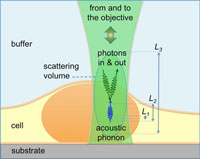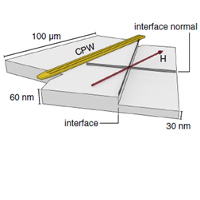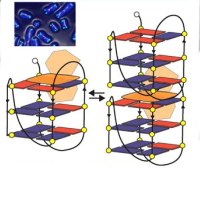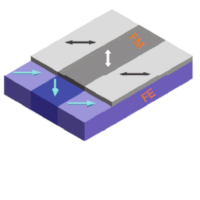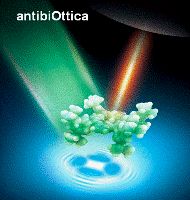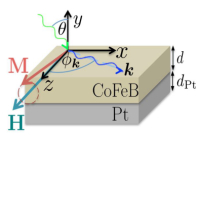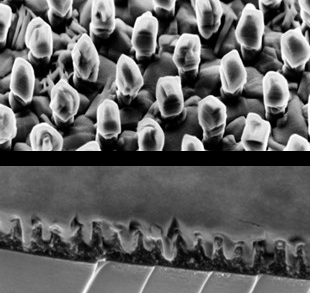Nanoarchitectures for solar energy harvesting
Nanoarchitectures for solar energy harvesting
Written by Massimo Tormen
|
Efficient and economic technologies to convert the energy from renewable sources to electrical or chemical energy are urged for relieving environmental and geopolitical problems associated with the today's massive use of fossil fuels. Organic photovoltaic (OPV) technologies are among the ones that may concretely contribute solving these problems. Advances in design, synthesis and processing of materials and a better knowledge of device physics, have taken organic cells to ~10% efficiency, which seems not sufficient yet for commercial exploitation. In the context of OPV, bulk heterojunction organic solar cells represent now the best performing nano-architecture for the intermixed donor/acceptor (D/A) in the active layer. However, theoretical predictions show disordered blends of D/A lead to losses, re- ducing the charge collection efficiency, due intricate percolation paths and high charge recombination probability. |
a) Nanopillars of PEDOT:PSS coated with an evaporated layer of pentacene |
On the contrary, ordered columnar (comb-like) interpenetrated D/A nanostructures with lateral dimension in the order of exciton diffusion length (~10 nm) and height comparable to the light attenuation length should in principle give the best performance for the cells. At IOM-CNR, we are exploring such a possibility, by nanostructuring either the conductive electrodes (such as PEDOT:PSS) or the active layer itself with nanolithography, in particular with the Nanoimprint Lithography, a technology which enables the patterning of large surfaces at low cost and at extreme resolution (<10 nm). The range of activities in which we are involved include: Nanofabrication of organic solar cells; Study of the effects of nanolithography on the electronic properties of the active materials; Design and fabrication of light harvesting/trapping structures and nanostructures; Inclusion of novel hybrid materials (e.g. lead halide perovskites) as active layers in nanostructured cells; Characterization of materials (in collaboration with groups with expertise in XPS, SAXS, XRD @ Elettra synchrotron); Characterization of cells (power conversion and external quantum efficiency).

